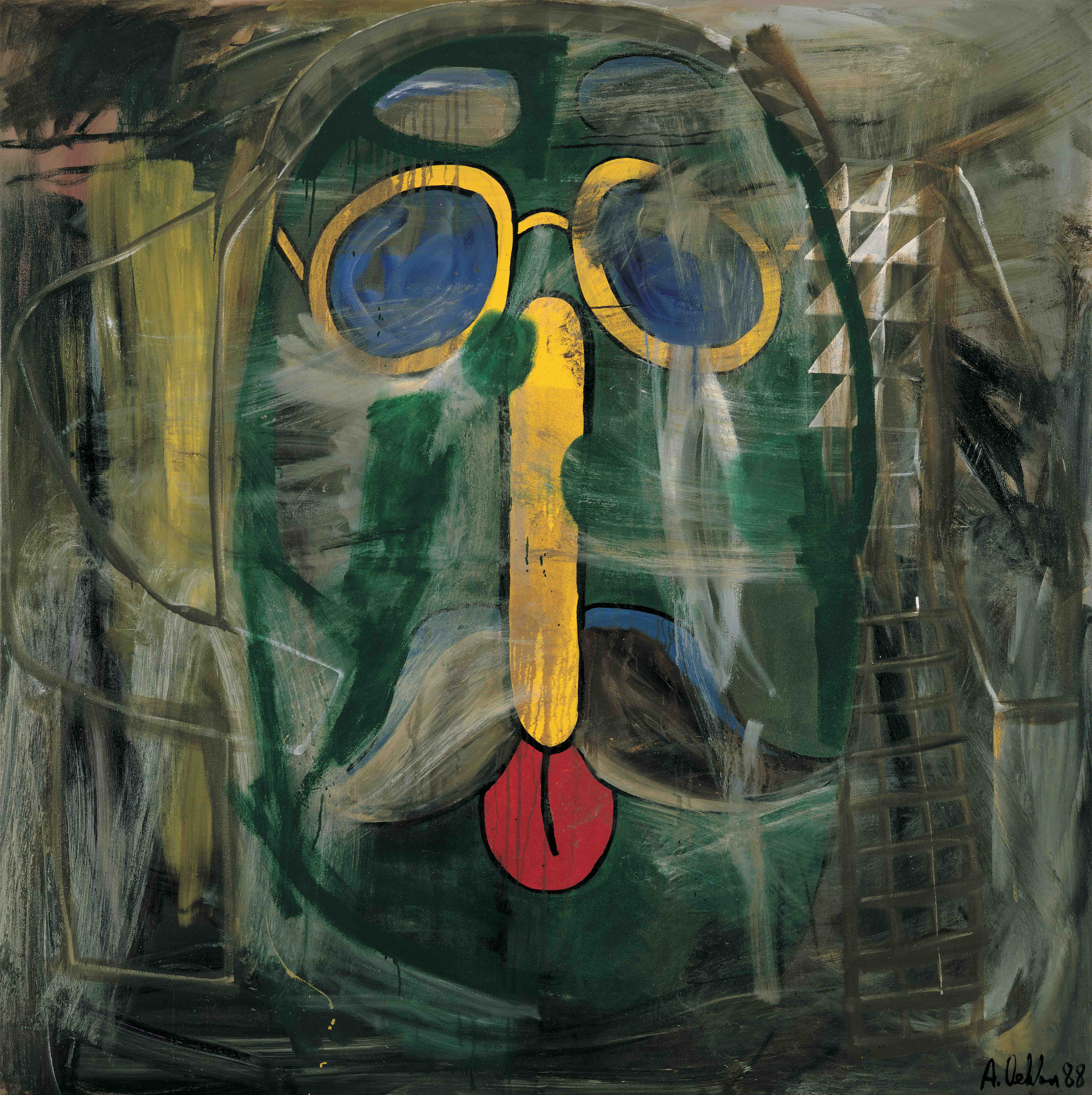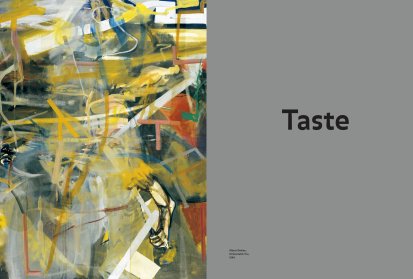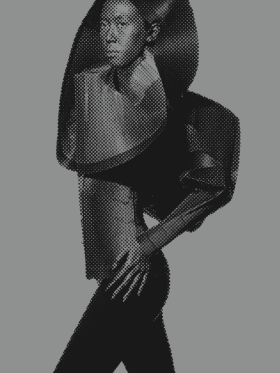‘Taste is made of a thousand distastes’: with this statement Paul Valéry captured a reversibility between these two poles, a dialectic inclination of good taste towards its opposite, thus showing that the borders that separate them are extremely porous. In this aspect, as in many others, Valéry proved himself to be a keen observer of modern social, aesthetic or cultural phenomena, having understood that this tendency of good taste to revert into its negative form marked a time when some values and categories aspired to such a degree of exacerbation that they cancelled themselves out or turned into their opposite. Robert Musil also identified the same tendency in stupidity (the topic of a lecture that he gave in March 1937), the necessary fatal attraction of intelligence to stupidity. The parallel between stupidity and bad taste, or, better said, between stupidity and a notable form of bad taste known as kitsch (the identification established in an anthology by Gillo Dorfles, published in 1968 with the title Kitsch. Antologia del cattivo gusto [Kitsch. Anthology of bad taste], but that is not unanimously approved by the experts) was reaffirmed by Milan Kundera in a categorical formula in The Unbearable Lightness of Being, a novel where he develops a theory about the political and ideological kitsch behind totalitarian regimes. The formula says: ‘Kitsch is the translation of the stupidity [bêtise] of received ideas into the language of beauty and feeling.’
The topic of kitsch in that Kundera novel, published almost ten years after the writer had left Prague, his birthplace, and when he had already obtained French nationality in his Paris exile, owes a lot to Central European culture which shaped him, and especially to the Viennese writer Hermann Broch. This writer understood the kitsch phenomenon as something beyond aesthetic considerations, referring to something well beyond the types of objects that we consider bad taste. Kundera followed his lesson when he wrote that kitsch constitutes the political ideal of all politicians, parties and political movements. For this reason, he concluded that when political power is concentrated in a single party or movement that constitutes ‘totalitarian kitsch’.
Broch defined kitsch as ‘the element of evil in the system of art’, a definition that removed it from aesthetic categories and placed it within the scope of ethics, highlighting the way evil manifests aesthetically. In short, it is an absence of ethical value, a mirror of that crisis of values with which the Central European culture of the early 20th century found itself critically confronted, reacting to the primacy of the ornament and the ‘beautiful effect’, as we can observe not only in Broch, but also in Robert Musil, Karl Kraus, Adolf Loos and other figures of that grandiose constellation of ‘Finis Austriae’, which experienced a ‘joyful apocalypse’.
But Kundera did more than prolong Broch’s thought. He also added an important element that has prevailed to this day: the role that mass media play in contemporary society, encompassing with great vitality every domain of our daily life and having become a dominant factor in the socialisation of culture and the establishment of aesthetic models. Modernism, in its artistic, literary and cultural manifestations, in general, meant a rebellion against preconceived ideas (repetition, stereotype, tautology); mass media, whose aesthetics resemble those of kitsch, instituted a law of reassuring circularity, familiarity, conformity, sameness and absence of alterity. Under the influence of mass media, ‘modernity has put on kitsch’s clothing’, added Kundera.
Those who study aesthetic ideas say that the notions of ‘good taste’ and ‘bad taste’ date back to the 17th century. At this time, a new social type emerged, the ‘homme de goût’ [man of taste], who had a special aptitude for appreciating a work of art, or apprehending certain formal qualities that a grammar of aesthetic categories imposed as the norm and model. In his ‘Essay on Taste’, which was published posthumously in 1757 in the entry ‘Taste’ in the Encyclopedia, Montesquieu lists the qualities that are the object of good taste: the beautiful, pleasant, simple, delicate, graceful, noble, majestic, etc. In the same entry, Voltaire writes that the faculty of taste consists in appreciating the feeling of beauty, but also the ‘flaws in every art’. What are its possible flaws? It is the bad taste of aesthetic artifice that only finds an end in itself, the ornament or mannerism that does not address any inner need of the work. The Enlightenment principles that govern the identification of the characteristics of good taste and bad taste are those that suppressed or marginalised the Baroque until practically the end of the 19th century; and they are, at the same time, those that underpin the birth of art criticism.
Kitsch is generally identified as a degenerate, mass-produced, inauthentic and repetitive art, which is satisfied with the simulation of beauty, reducing it to clichés, and the exaltation of sentimentalism, revealing a romantic origin, as Broch pointed out. The triumph of kitsch in our time has acquired the aspect of a generalised aestheticisation of everyday life and all social phenomena, operated by the media, in general, and by mass media, in particular. This aestheticisation has become a form of existence that encompasses everything, but has nothing to do with art, except for the fact that it confronts it with hard challenges and forces it to assume them, implicitly or explicitly, with pleasure or reluctance. Aestheticisation consists of an automatisation of the aesthetic form, which therefore loses all content and becomes nothing but a contingent and insignificant form. This amounts to an exasperation of the commodity in its fetish dimension and its ability to achieve the total occupation of social life. It is true that nothing contemporary is strange to kitsch, to its various forms and similar categories: the camp, the trash, the vulgar, the fake, the effect that imposes itself as pre-fabrication, etc. You can also see kitsch as a particular manifestation of the ugly, in a clear contradiction of the direct link to the beautiful that it overtly claims (but the premise of kitsch is that it is unaware of itself). The ‘aesthetic of the ugly’ was the object of a systematic analysis produced by Karl Rosenkranz in the mid-19th century. At this time, a global movement of artistic modernity became visible, opening itself to the vulgar, the repugnant, the unformed, the grotesque. Rosenkranz found in the ugly the aesthetic symptom of a crisis that was also moral, ‘since hell is not only ethical and religious, but also aesthetic’. A new modality of kitsch emerged on the horizon and reached a privileged place. As a consequence, we have bad taste resulting from a cliché, which in its repetitive, stereotypical condition no longer produces an effect. As Roland Barthes observed, it is not enough to write the word ‘shit’ for the reader to smell it. In contemporary art there is no lack of examples of stereotypes of bad taste that collapse into impotence and become a mere manifestation of banality.
[...]






Share article